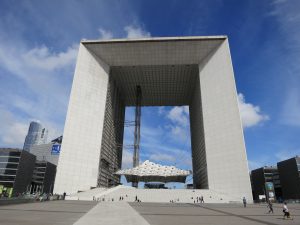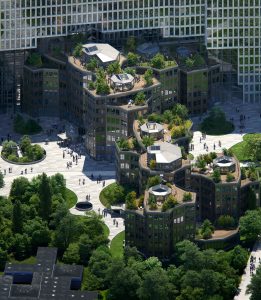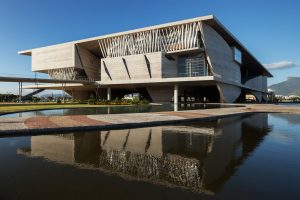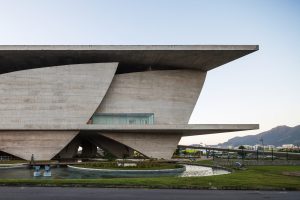Phil Freelon’s most famous work was the National Museum of African History and Culture, located in the National Mall in D.C. Though established in 2003, it was not opened until September 2016, whence its opening ceremony was led by President Barack Obama. The National Museum of African American History and Culture Council held a design competition for the museum in which Freelon won through the use of a unique inverted step-pyramid style on the above-ground floors.










